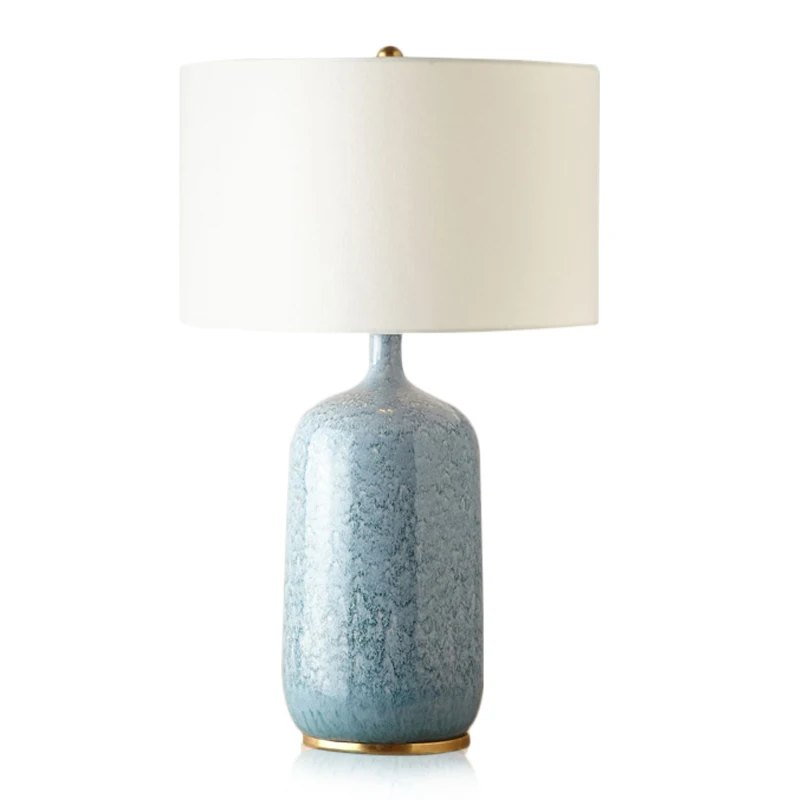
LEAFLETS
PRODUCTS
From Classic to Contemporary A Journey Through Table Lamp Aesthetics
The Dawn of Illumination: Classic Table Lamp Styles
The earliest forms of table lamps, predating widespread electrification, relied on natural light sources, primarily candles or oil lamps. These early iterations were functional, primarily concerned with providing light in a focused manner. Materials were dictated by availability – often simple metal or wood, perhaps adorned with minimal ornamentation. These designs, while lacking the flamboyant style of later eras, possessed a certain understated elegance, reflecting a time when practicality and durability were paramount. The simplicity, however, laid the groundwork for future innovations.
The advent of gaslight in the 19th century brought about a transformation. Gas lamps, while still requiring careful management, offered a brighter, more consistent light source. This allowed for more elaborate designs, with manufacturers experimenting with different materials and styles. Victorian-era table lamps are particularly noteworthy for their ornate details, often featuring intricate metalwork, stained glass, and richly colored fabrics. These lamps became status symbols, reflecting the wealth and taste of their owners, demonstrating a clear shift towards lamps as decorative objects, not just functional ones.
The Art Nouveau movement at the turn of the 20th century further propelled table lamp design into a new realm of artistic expression. Characterized by flowing, organic lines and the incorporation of natural motifs, Art Nouveau lamps showcased handcrafted details and a rejection of rigid, geometric forms. Materials like wrought iron, stained glass, and even exotic woods were used to create pieces that were as much sculptures as they were light sources. These lamps represented a conscious effort to integrate art and functionality, a theme that would continue to resonate in future design movements.
The Age of Electricity: Modernism and Beyond
The widespread adoption of electricity revolutionized table lamp design. The constraints of gaslight and oil lamps were removed, allowing for greater flexibility in both form and function. The early 20th century saw the rise of Art Deco, a style marked by geometric precision, luxurious materials, and a strong emphasis on symmetry. Art Deco lamps often featured chrome, lacquer, and glass, creating sleek, sophisticated pieces that reflected the optimism and dynamism of the era.
Mid-century modern design, emerging in the post-war period, embraced functionality and simplicity. Clean lines, minimalist aesthetics, and the use of innovative materials like plastic and molded metal became hallmarks of this style. Table lamps from this period often feature iconic forms, with a focus on both practicality and visual appeal. The emphasis on functionality didn't negate aesthetics; instead, it redefined what constituted beautiful design, emphasizing elegance through simplicity.
The latter half of the 20th century saw a proliferation of styles, influenced by diverse cultural trends and technological advancements. From the bold, colorful designs of the Pop Art era to the sleek, minimalist forms of Scandinavian design, table lamps continued to reflect the ever-evolving tastes of society. This period also witnessed the growing importance of functionality, with the introduction of adjustable features like dimmer switches and flexible arms allowing for greater control over light intensity and direction.
Contemporary Table Lamps: A Fusion of Styles and Innovation
Contemporary table lamp design is a vibrant tapestry woven from the threads of past movements and enriched by new technologies and materials. Today's designers draw inspiration from a wide range of sources, seamlessly blending classic forms with modern sensibilities. We see a resurgence of handcrafted elements, a renewed appreciation for natural materials, and a willingness to experiment with unconventional forms and finishes. The emphasis is not only on illumination but also on creating statement pieces that enhance the ambiance and personality of a room.
Technological advancements have also played a crucial role in shaping contemporary table lamp design. The integration of LED technology has allowed for more energy-efficient and long-lasting lamps. Furthermore, smart lighting features, such as wireless control and color-changing capabilities, have added a new dimension to the functionality and aesthetic appeal of table lamps. These features allow for personalized lighting experiences, adapting the mood and ambiance of a space to suit individual preferences.
Sustainability is also emerging as a key consideration in contemporary table lamp design. Many designers are prioritizing the use of eco-friendly materials and sustainable manufacturing processes. This commitment to environmental responsibility underscores a broader shift towards conscious consumption and a greater awareness of the environmental impact of design choices. The contemporary table lamp, therefore, embodies not only aesthetic innovation but also a growing concern for ethical and sustainable practices.
In conclusion, "From Classic to Contemporary: A Journey Through Table Lamp Aesthetics" is more than just a historical overview. It is a reflection on the continuous interplay between function, form, and cultural context. The table lamp, a seemingly mundane object, has consistently proven itself to be a microcosm of design history, reflecting the ever-evolving aspirations and aesthetic sensibilities of each era. From the humble beginnings of candlelight to the sophisticated technological advancements of today, the table lamp's journey illuminates not only our spaces but also our understanding of design's dynamic and enduring power.
SUBSCRIBE
INQUIRY










